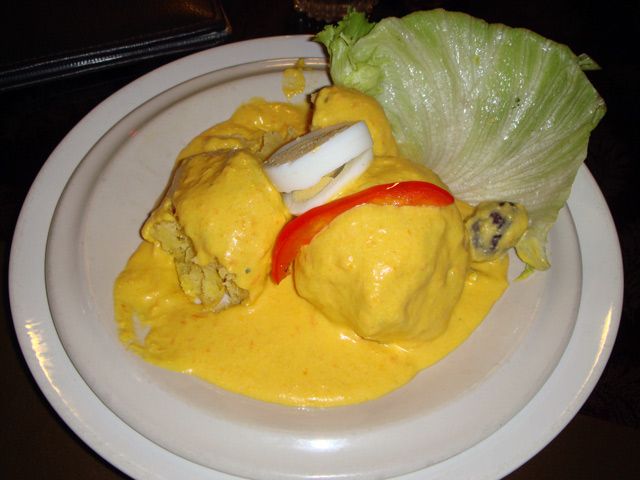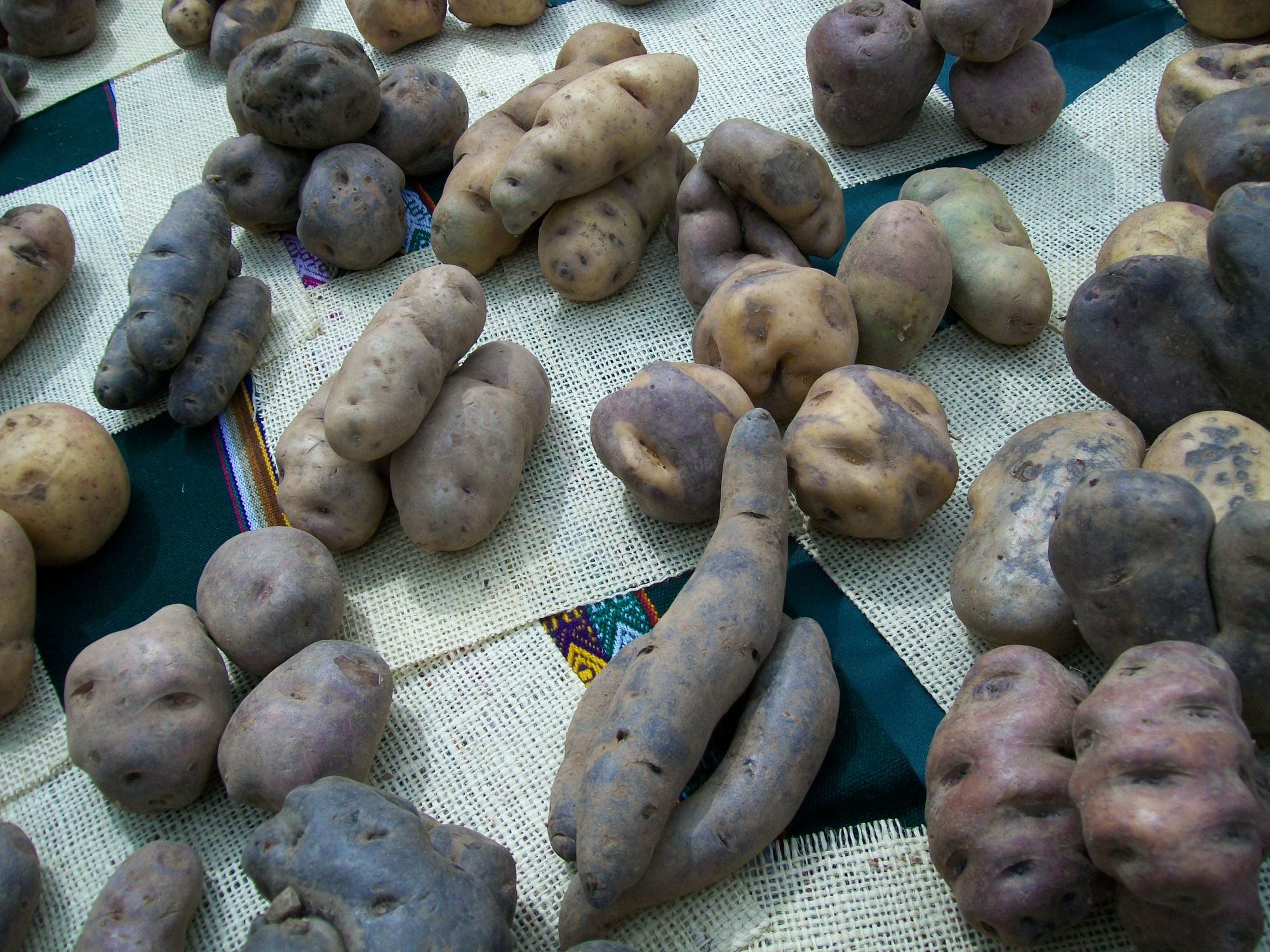I'm writing some posts about the one month that I spent in Peru. This is part 1, about the food in Peru.
After spending a month in Peru I left with the impression that Peruvian food is seriously underrated. Peru has all sorts of unique things to eat that you won't find anywhere else. Most of it is very delicious.
Here's a sample of the most interesting things:
- Chicha Morada: A sweet beverage made by boiling purple corn with cinnamon, fruit peels, and some other spices. Sold in roadside stalls by the cup, but also in giant 3L bottles in supermarkets along side Coke, Pepsi, Inca Kola (see below), etc.
- Inca Kola: The most popular soft drink here. Pale yellow and tastes somewhat similar to Scotland's national soft drink, Irn Bru. Very sweet.
- Ceviche: If there is one Peruvian dish you are familiar with, it's probably Ceviche. Fish in a dressing of lime juice, chilli, and onions. The dressing is delicious by itself and is sometimes sold on its own as 'leche de tigre' (tiger's milk). Ususally served with choclo (giant corn) and sweet potatoes.
- Tiradito: An attempt at fusing ceviche and sushi.
- Chicharron: Fried seafood, chicken, or meat. This is common everywhere in the world but Peruvians do this better than anyone else.
- Taku taku: Rice and beans mixed and browned together, often served with some kind of meat. Tastes better than it sounds.
- Huancaina: A creamy yellow sauce made with chillies, cheese, and bread crumbs. Has a very unique flavour: a slight bitterness with a tiny bit of heat. Often served on top of boiled potatoes (papa a la huancaina), or with pasta.
- Fruits: The variety of fruit in Peru is mind-boggling. Many interesting fruits I had never seen before. E.g., Lucuma, often made into ice creams and smoothies; Grenadilla, a variant of the passionfruit but sweet rather than sour; Cocona, a fruit from the Amazon that looks like a small bell pepper, and is great when juiced.
- Potatoes: Potatoes and sweet potatoes of every colour, shape, and texture you can imagine. The smallest potato was the size of my index finger and the largest, a monstrous tuber from the Amazon, was the size of my forearm.




I don't think I ever had a bad meal in Peru. Our best meal was at a small local restaurant where we had two courses for about five dollars. Our worst was lunch at a tourist trap buffet-style restaurant we were taken to during our tour of the Sacred Valley, and even that was pretty good, with the 'expensive' price of fifteen dollars.
Peru is what I call a 'good food culture' -- Peruvians have strong opinions of what they like and would rather skip a meal than eat a bad one. This forces restaurants to make their food very good or go out of business. In this way the country is similar to Italy and France, the 'good food cultures' of Europe.
Contrast this with Chile. There are few dishes that are uniquely Chilean. Santiago, Chile's capital, seems to have more non-Chilean restaurants than Chilean ones. While there are lots of great restaurants in Santiago, there are also lots of mediocre ones. In this way Chile is similar to the UK and the Netherlands. Hopefully it isn't controversial to not call these 'good food cultures', no matter how many British restaurants win Michelin stars.
Overall, I'm pretty surprised that Peruvian food isn't even more popular abroad. There are a few good Peruvian restaurants in London but until there are ten times more I don't think Peruvian cuisine has been done justice.
